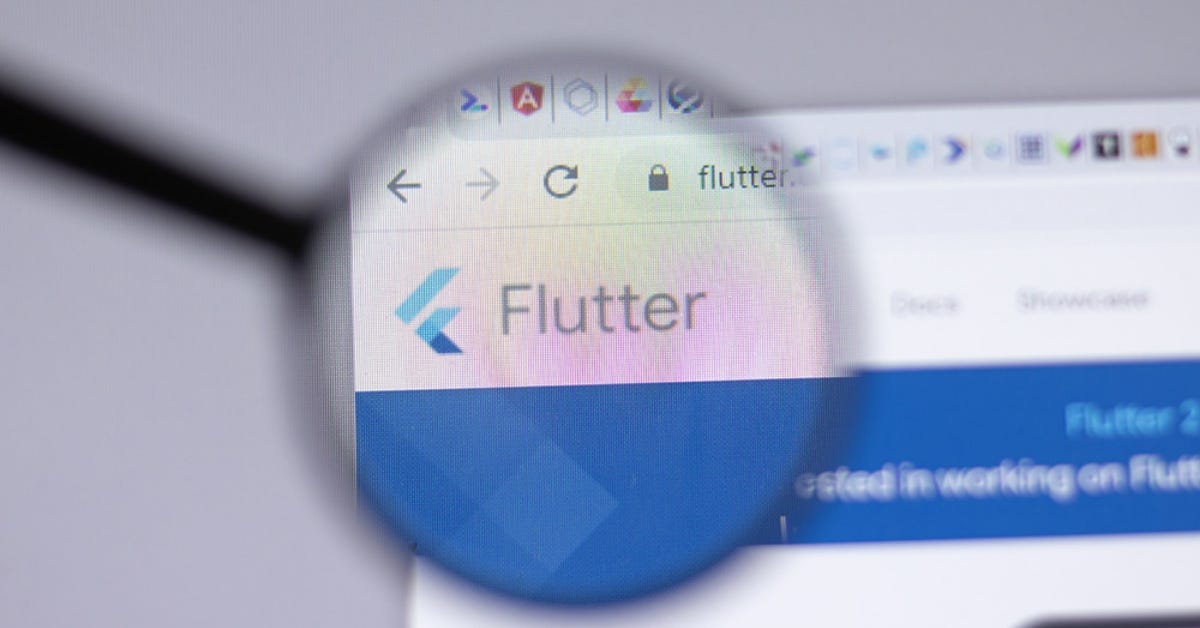In the rapidly evolving world of mobile app development, the need for fast, reliable, and secure databases has become more critical than ever. Flutter, a popular cross-platform framework developed by Google, is often at the center of this development landscape. However, Flutter developers often seek seamless solutions for managing data effectively in their applications. This is where Flutter Realm Backlink comes into play. By combining the power of Realm, a mobile database, with Flutter, developers can enhance the performance and reliability of their mobile applications.
In this article, we will explore the concept of Flutter Realm Backlink, its advantages, how to integrate it into your Flutter app, and why it is gaining significant traction among mobile developers. Let’s dive in!
What is Flutter Realm Backlink?
At its core, Flutter Realm Backlink refers to the integration of Realm, a popular database solution, with Flutter for seamless, efficient data management. Realm is a mobile-first database that is built for modern mobile applications, providing local storage and real-time synchronization. It is particularly known for its simplicity, speed, and ease of use, making it a great fit for Flutter developers who need to manage complex data structures.
A backlink in this context typically refers to the connections between the entities in a Realm database, allowing easy navigation of related data objects. These relationships (often referred to as “backlinks“) enable developers to manage and retrieve related data efficiently, providing a smooth experience when working with nested or hierarchical data in a Flutter app.
Why Use Flutter Realm Backlink?
The Flutter Realm Backlink offers several advantages for developers, making it a powerful tool when building data-driven mobile applications. Here are some of the key reasons why it’s becoming a popular choice:
- Fast and Reliable Data Management
One of the primary benefits of using Flutter Realm Backlink is its speed. Realm is optimized for mobile performance, making it faster than traditional relational databases, especially when working with complex data structures. This is crucial for mobile applications, where responsiveness is a top priority. - Seamless Integration with Flutter
Flutter Realm Backlink ensures smooth integration with the Flutter framework. Realm provides official support for Flutter, allowing developers to leverage both technologies together seamlessly. The Flutter Realm Backlink solution eliminates the need for complex configurations, providing an easy setup and straightforward API for Flutter developers. - Real-Time Data Synchronization
Realm offers real-time data synchronization across devices. When combined with Flutter, Flutter Realm Backlink can be used to ensure that app data stays up-to-date in real-time, even when working in offline mode. This feature is crucial for apps that require live updates, such as messaging apps or collaborative tools. - Efficient Relationship Management
Backlinks in the context of Realm refer to the relationships between different data objects. Realm makes it easy to work with these relationships, and Flutter developers can easily query related data without complex joins or additional queries. This results in more efficient data handling and improved performance. - Cross-Platform Compatibility
Flutter’s cross-platform nature means that developers can create apps for both iOS and Android using a single codebase. When paired with Flutter Realm Backlink, this cross-platform advantage extends to database management, allowing developers to manage data effectively on both platforms without worrying about platform-specific variations.
How to Integrate Flutter Realm Backlink into Your Flutter App
Integrating Flutter Realm Backlink into a Flutter project is relatively straightforward. Here are the steps to get started:
1. Add Dependencies to Your Project
To begin using Flutter Realm Backlink, you first need to add the Realm Flutter SDK to your pubspec.yaml file:
dependencies:
flutter:
sdk: flutter
realm: ^0.9.0
Make sure you check for the latest version of the Realm package on pub.dev to ensure compatibility with your project.
2. Initialize Realm
Next, initialize Realm in your app by creating a Realm instance. This is typically done in the main.dart file.
import 'package:realm/realm.dart';
void main() {
final realm = Realm(Configuration.local([YourSchema]));
runApp(MyApp());
}
This step sets up the local Realm database, and YourSchema refers to the data models you’ll be working with.
3. Define Data Models
In Realm, data is stored using objects, which are mapped to the schema. You can define your data models using classes that extend RealmObject. Here’s an example:
class User extends RealmObject {
@PrimaryKey()
late String id;
late String name;
late Backlink<Posts> posts;
}late String title;
late String content;
late User author;
}
In this example, the User an object has a backlink to the Posts object, allowing the app to fetch all posts associated with a particular user.
4. Querying and Using Backlinks
To retrieve data using Flutter Realm Backlink, you can query the data objects and their relationships. For example, to get all posts by a user:
final user = realm.all<User>().query('id == "user123"').first;
final userPosts = user.posts; // This is the backlink query.
This code efficiently retrieves all posts linked to a particular user.
Best Practices for Using Flutter Realm Backlink
While Flutter Realm Backlink can significantly improve data management in your app, it’s important to follow best practices to ensure optimal performance:
- Minimize Database Queries
Avoid making excessive database queries, especially for large datasets. Using backlinks effectively can minimize the number of queries by allowing you to navigate relationships easily without requiring multiple database hits. - Index Frequently Queried Fields
Realm supports indexing of fields that are frequently queried. By indexing primary keys and other important fields, you can speed up queries and enhance the overall performance of your application. - Optimize Data Models
Keep your data models simple and efficient. Avoid overloading your models with unnecessary data or complex relationships that could impact performance. The Flutter Realm Backlink feature is powerful, but using it with large or complex datasets could lead to slower app performance. - Test for Performance
Always test your app for performance, especially if it handles a large amount of data. Use tools like Flutter’s built-in performance profiler to monitor and optimize how your app interacts with Flutter Realm Backlink.
Conclusion
Incorporating Flutter Realm Backlink into your mobile development workflow opens up new possibilities for efficient data management and fast performance. Realm provides Flutter developers with a robust, real-time database solution, while backlinks simplify the navigation of complex relationships between data objects. By leveraging this integration, developers can create high-performing apps that provide a smooth user experience on both Android and iOS platforms.
Whether you are building a simple mobile app or a complex data-driven application, using Flutter Realm Backlink will undoubtedly improve your workflow, making data management easier, faster, and more reliable. It’s a solution that meets the demands of modern mobile app development and positions Flutter developers to build scalable and efficient applications with ease.

